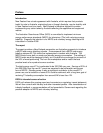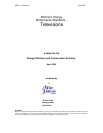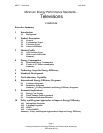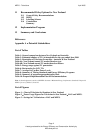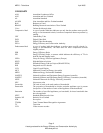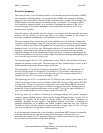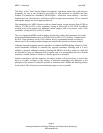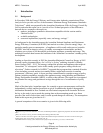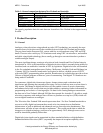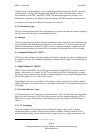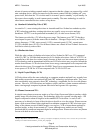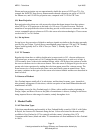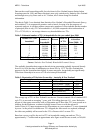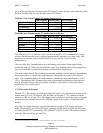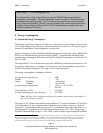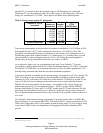
MEPS − Televisions April 2005
Page 7
A study produced for the Energy Efficiency and Conservation Authority by
Wise Analysis Ltd
Table 1: General comparison between New Zealand and Australia
New Zealand Australia
Area
268,000 sq km 7,682,300 sq km
Population
4 million 20 million
GDP
$120 billion = A$105 billion $750 billion
Per capita GDP NZ$30,000 = A$26,000 A$37,000
Principal exports
Primary (rural) products (54%) Resources (45%), rural (30%)
On a purely population basis the ratio between Australia to New Zealand is thus approximately
fivefold.
2 Product Description
2.1 General
Analogue colour televisions using cathode ray tube (CRT) technology are currently the most
common form of television used in the residential sector in both New Zealand and Australia.
They are based on the European PAL system with free to air broadcasts using VHF and UHF
bands. There are also various pay TV broadcasts made using UHF via microwave, and satellite
and cable using digital technology (these usually go through a converter/decoder to product a
suitable analogue output).
The most significant change coming to television in both Australia and New Zealand since its
introduction in 1950s is the introduction of digital television which is currently being trialled in
Auckland, and was enabled in Australia in 2001 by legislation. Digital television was launched
in the five mainland metropolitan areas (Sydney, Melbourne, Adelaide, Perth and Brisbane) on
1 January 2002. In Australia, broadcasters are required to deliver a hybrid system of SDTV
with some HDTV programming where possible. Broadcasters in Australia must provide at least
20 hours of digital programs within two years of commencing. Trial digital TV broadcasts are
being made in Auckland.
For consumers, digital television means clearer, sharper pictures and a reduction in the
interference and ghosting that currently affect many viewers in built-up areas or where there is
hilly terrain. The change to digital television will also enable viewers to receive datacasting
and enhanced television services that may include subtitles, captioning, further information on
programming and a choice of viewing angles. No date for the ceasing analogue transmission
has been set in New Zealand, although 2008 has been quoted for Australia. To be able to watch
television, consumers with analogue sets will have to purchase a set top box (STB) which will
convert digital broadcasts to analogue.
The Television New Zealand 2004 annual report states that: “For New Zealand households to
convert to a fully digital environment there needs to be investment in new distribution
infrastructure as well as additional and enhanced services from television broadcasters. This
infrastructure will take at least a decade to implement.” This would put the date at which the
changeover to digital technology could occur at approximately 2014, although some service
could be introduced gradually before then.
Digital television signals can be transmitted in either standard definition or high definition.
Standard-definition television (SDTV) reportedly has improved reception capability when



